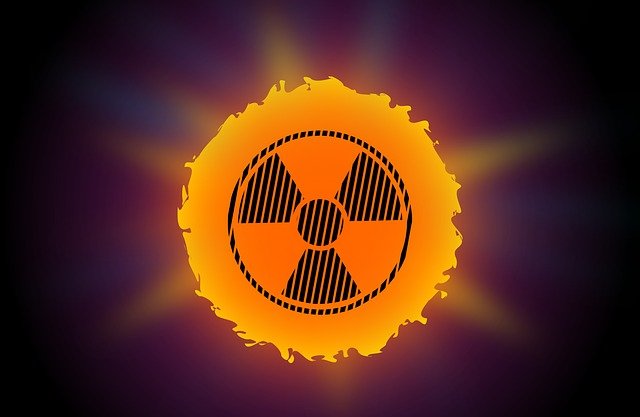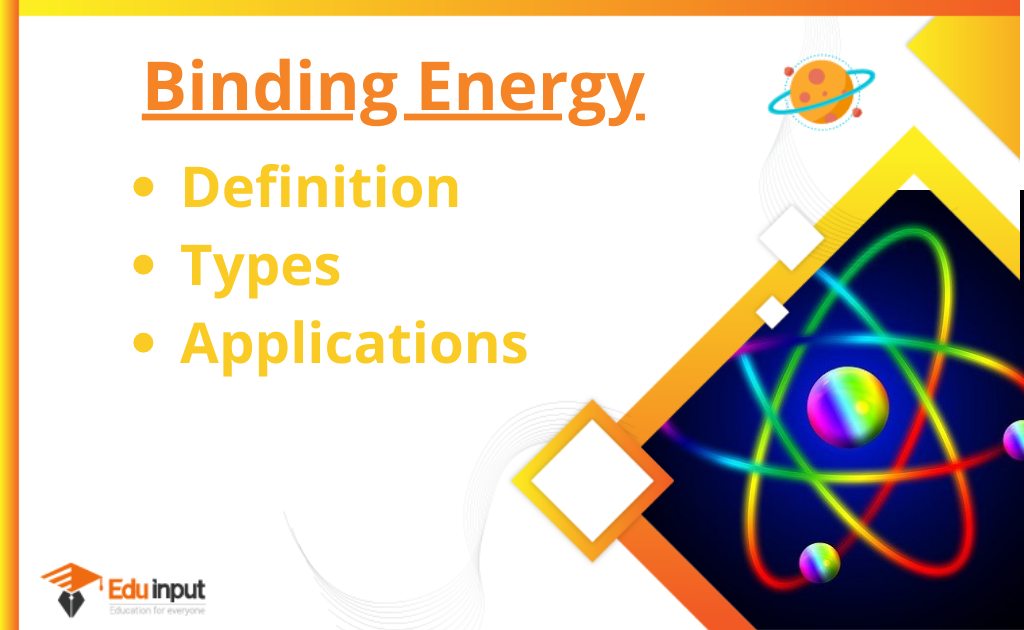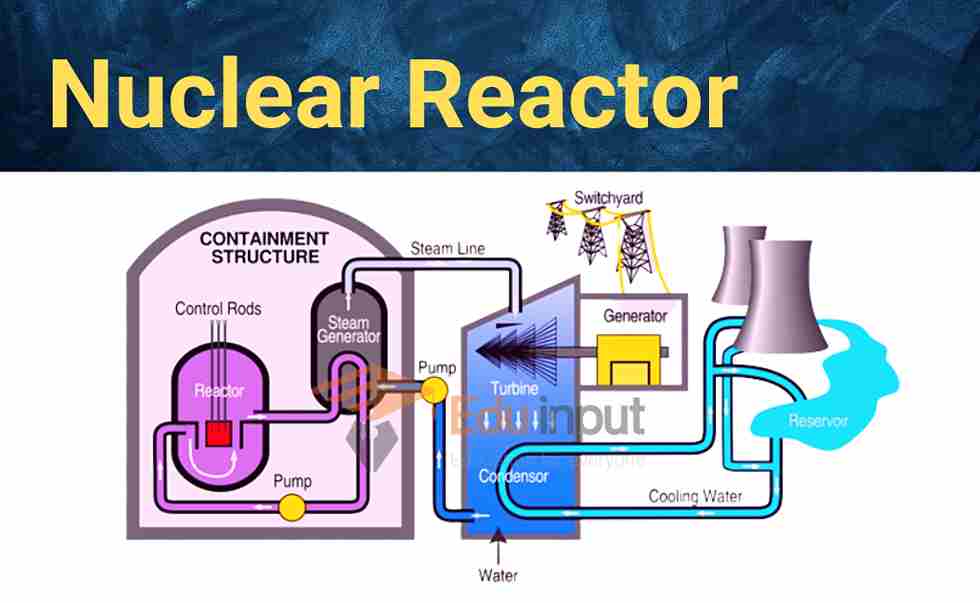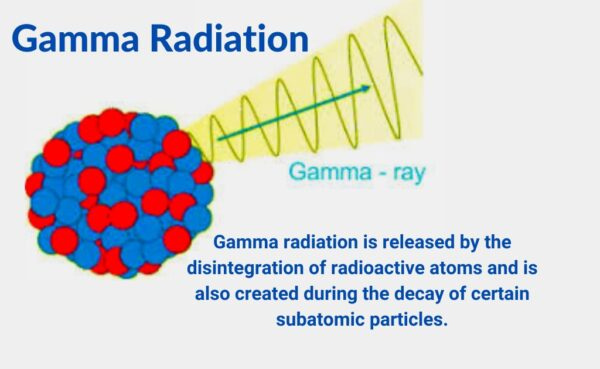What is Nuclear Force?-Definition, Types, And Properties
Nuclear interaction, also known as nuclear force, is the force that acts between two or more nucleons. Nuclear particles are binding to the atomic nucleus. The stability of the nucleus is caused by the short-range force of the nuclear force.
What is Nuclear Force?
The nuclear interaction acts between the charges are the same force as the gravitational force between mass. The force is much stronger than the Coulomb force. The Coulomb repulsive force between the charged protons inside the nucleus needs to be defeated by the nuclear force. The nuclear force is stronger than the Coulomb force. The force of gravity is less powerful than the force of Coulomb.
The nuclear interaction between two neutrons and two protons is almost the same. It is important to note that the nuclear force is not dependent on the electric charge of the neurons. Nuclear force doesn’t have a simple mathematical form, unlike Coulomb’s Law or Newton’s Law of Gravitation.
Properties of Nuclear Force
In nature it is attractive, but with a repulsive core. The nucleus is held together without collapsing because of that. There is a very short range of nuclear force. The distance between particles in a nucleus is very small at 1 Fermi. The repulsive Coulomb’s force pushes the particles away, whereas the nuclear interaction is much stronger.
The nuclear interaction is practically non-existent if the distance is more than 2.5 Fermi. The nuclear force is the same for all of the nucleons. If the Coulomb resistance is taken into consideration, nuclear force affects everything in the same way. The force becomes repulsive at a distance of less than 0.7 Fermi. The repulsive component of the force is what decides the size of the nucleus, which is one of the most interesting properties of nuclear force.
The force allows the nucleons to come closer to each other, but they cannot come any closer because of the repulsive property of the force. The binding of protons, which are repulsive in nature because of their positive charge, is one of the most obvious examples of the nuclear interaction. On a larger scale, this force is responsible for the destructive power of nuclear weapons.
Types of Nuclear Force
There are two types of nuclear force
- Strong Nuclear Force
- Weak Nuclear Force
Strong Nuclear Force
Strong nuclear interactions are responsible for the release of energy when a nuclear weapon is used. Nuclear power plants use it to generate heat for the purpose of generating energy, such as electricity.
Weak Nuclear Force
A weak nuclear interaction can create two different types of particles: protons and a neutron. There are many reactions where these forces occur, such as radioactive decay, burning of the sun, and radiocarbon dating.
Nuclear Potentials
Nuclear interactions can be described by constructing one potential for the whole nucleus instead of considering all components. This approach is known as the macroscopic approach. A plane wave in the potential of the nucleus can be considered when describing the scattering of neutrons from nuclei.
The model is often referred to as the optical model since it resembles a case of light scattered by a glass sphere. Global potentials, which have more parameters and are usually less accurate, are functions of the energy and the nuclear mass, while local potentials are limited to a narrow energy range and/or a narrow nuclear mass range.







Leave a Reply